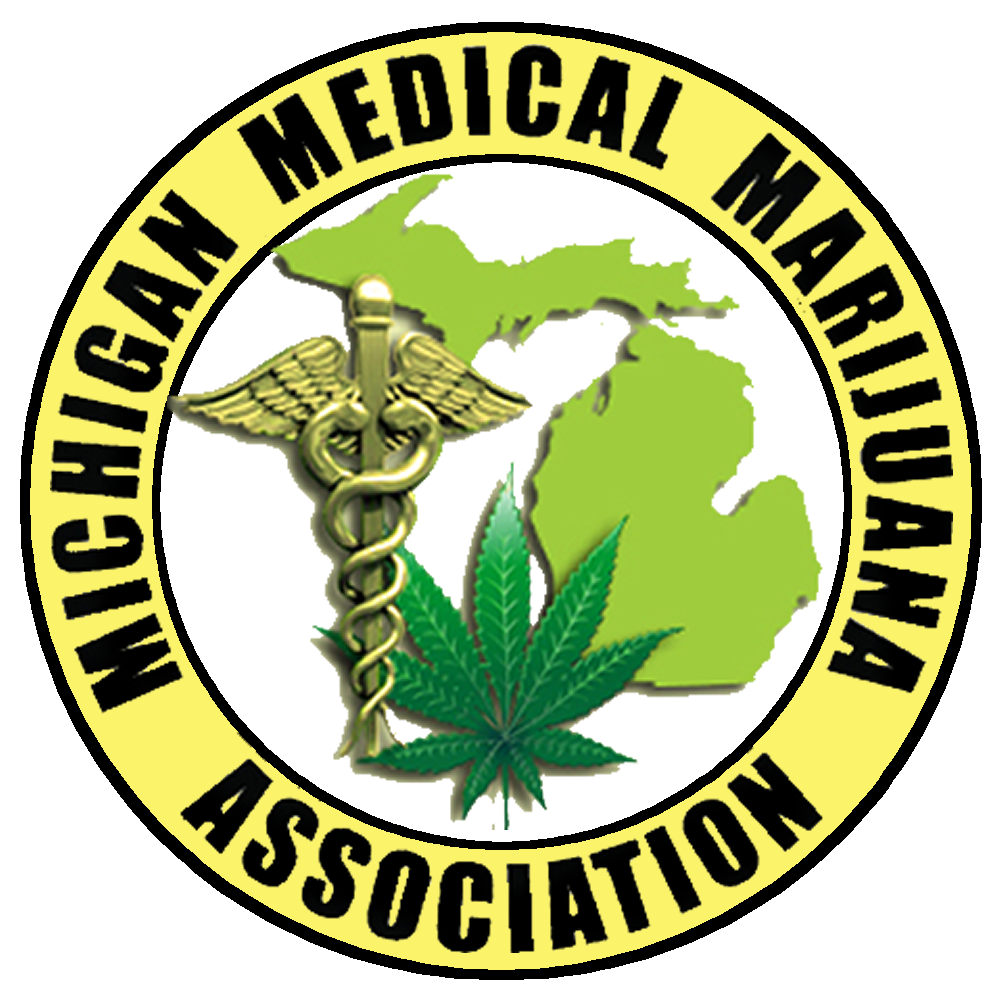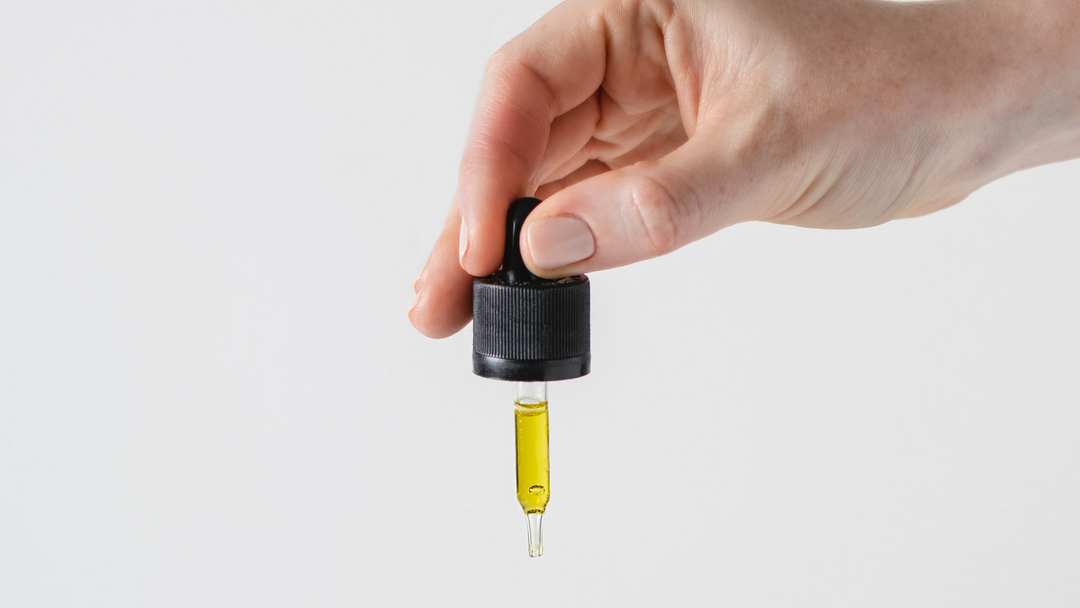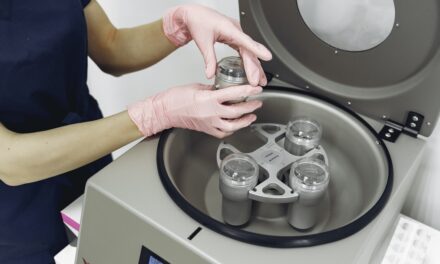Delta(9)-tetrahydrocannabinol, 11-hydroxy-delta(9)-tetrahydrocannabinol and 11-nor-9-carboxy-delta(9)-tetrahydrocannabinol in human plasma after controlled oral administration of cannabinoids
Summary of this paper
Our Machine-Learning algorithms scan the text for the most important phrases or passages. These highlights, alongside their respective section titles, are shown below.
Section 1
Although there are several pharmacokinetic studies of THC and its metabolites in plasma or urine after smoked cannabis, [25][26][27][28][29][30] few studies have investigated their disposition in plasma after oral administration. [13][14][15] The objectives of this study were to determine plasma profiles of THC, 11-hydroxy-D 9 -tetrahydrocannabinol (11-OH-THC), and THCCOOH after controlled ingestion of natural cannabinoids in hemp oil and synthetic THC (dronabinol) and to relate these concentrations to ongoing physiological and subjective effects.Go To Passage
Participants
Six healthy participants with a history of cannabis use resided in the secure clinical research unit of the National Institute on Drug Abuse (NIDA) Intramural Research Program, National Institutes of Health while participating in a protocol designed to characterize the pharmacokinetics and pharmacodynamics of oral THC. The NIDA Institutional Review Board approved the study. All participants provided written informed consent, were under continuous medical supervision, and were financially compensated for their time and inconvenience.Go To Passage
Drug Administration
A total daily dose of 14.8 mg THC was achieved with the high-dose hemp oil (concentration 347 mg THC/g hemp oil). Dronabinol (synthetic THC in sesame oil), 2.5 mg THC per capsule, was administered as a positive control with a daily total dose of 7.5 mg. For safety reasons, only 2 doses (5.0 mg THC) were administered on the first dosing day of the session. Doses administered reflected concentrations of THC in commercially available hemp oil at the time of study design.Go To Passage
Clinical Specimen Analysis
Blood was collected on ice, centrifuged, and plasma removed within 2 hour; specimens were stored at À 201C until analysis. A previously published procedure for the simultaneous extraction and quantification of THC, 11-OH-THC, and THCCOOH was employed. Escherichia coli b-glucuronidase hydrolysis cleaved glucuronic acid moieties to capture total cannabinoid concentrations.Go To Passage
Statistical Analysis
Plasma THC, 11-OH-THC, and THCCOOH concentrations were compared between the 7.5 and 14.8 mg THC/d dosing sessions with analysis of variance (ANOVA) and Wilcoxon Signed Ranks Test for Areas Under the Curve. Correlations of body mass index (BMI) and C max and for the number of specimens positive for THC and 11-OH-THC were analyzed by Spearman’s rank correlation coefficient.Go To Passage
When you need an attorney to represent your Cannabis Business who has the experience and intimate knowledge of the industry – Take a good look at Komorn Law PLLC – a law firm that has been on the front line defending the future of cannabis both medical, recreational and in the justice system providing legal defense services.
Results
The number of specimens positive for THCCOOH during and after the 0.39 and 0.47 mg THC/d regimens varied widely, ranging from 0 to 23, out of a possible 28 per participant. Participant N had 9 of 15 specimens positive for THC and 6 of 18 positive for 11-OH-THC during dosing with the high potency oil and capsules (Fig. 1), considerably more than any other subject. Participants A, H, P, L, and O had 11,8,8,, and 0 of 36 positive specimens, respectively.Go To Passage
Discussion
In the present study, concentrations of THC and 11-OH-THC were similar during the 7.5 mg THC/d dronabinol and 14.8 mg THC/d hemp oil doses, never exceeding 6.1 ng/mL. No specimens had measurable THC or 11-OH-THC during or after the 0.39 or 0.47 mg THC/ d dosing sessions. The lower dose regimens are reflective of THC concentrations in hemp oil currently produced by US manufacturers, indicating that consumption of these hemp oils according to manufacturer’s instructions should not lead to positive THC or 11-OH-THC plasma tests.Go To Passage
Conclusions
Nearly all specimens had measurable THCCOOH. There was a significant correlation between BMI and the number of specimens positive for THC and 11-OH-THC and between BMI and C max for both analytes, possibly indicating greater deposition in adipose tissue and release to plasma of THC and metabolites in obese individuals. These controlled drug administration data should assist in the interpretation of plasma cannabinoid results and provide clinicians with valuable information for future pharmacological studies.Go To Passage









